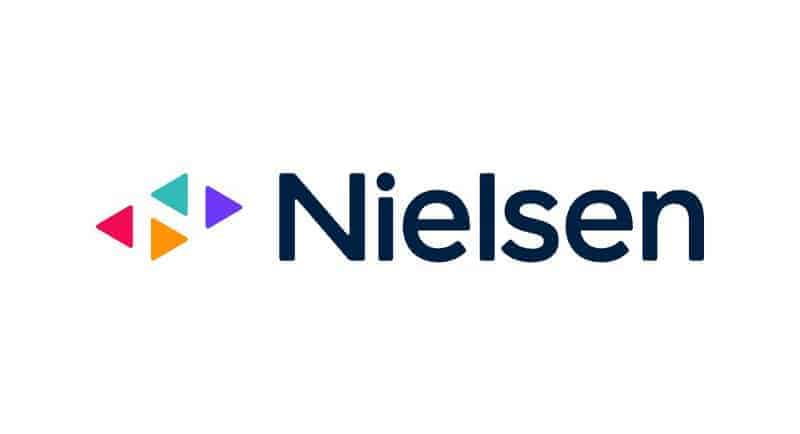Occasional food, beverages and quick service restaurants continue to be major players in advertising and targeting younger, digitally savvy audiences.
Nielsen’s 2024 Food and Beverage Report delivers a comprehensive look at the evolving landscape of occasional food and beverage advertising and consumer sentiment in Australia over the last decade.
It highlights how the industry’s top players, including fast food giants and emerging health-conscious brands, have adapted their strategies over the last ten years to stay competitive in a rapidly changing media and consumer environment.
Covering a range of key insights, the report sheds light on the significant growth in ad spend by major advertisers, the diversification of media channels, plus shifting consumer attitudes towards food choices and marketing.
Rose Lopreiato, Nielsen Ad Intel’s Australia commercial lead, said: “Occasional food, beverages and quick service restaurants remain as major players when it comes to advertising, targeting younger, digitally savvy audiences while capitalising on the broad reach of traditional media, like TV. Their ability to seamlessly blend TV, out-of-home, and social media campaigns has been a key factor in their success and in sustaining market share.”
The firm’s report also also revealed the media landscape continues to evolve, digital platforms have become a central focus for food and beverage advertisers, with digital ad spend in the sector surpassing traditional formats in 2023, with social media leading the charge.
“Digital media is driving the future of advertising, particularly as consumers demand content that is more personalised and relevant,” Lopreiato added. “The rise of social media spend shows that brands are keen to reach their audiences where they spend most of their time.”
Alongside the fast food heavyweights, health-focused brands like Marley Spoon and Hello Fresh have increased their advertising to cater to the growing demand for more convenient, healthier meal options. This reflects a broader shift in consumer behaviour, as health concerns continue to influence purchasing decisions. This trend was accelerated by Covid, with consumers seeking out meal solutions that strike a balance between health and convenience.
While digital platforms are rapidly gaining traction, TV and Out of Home remain valued mediums for advertisers looking for broad reach. Nielsen’s data shows that despite a decline in metropolitan TV ad spend from $269.5 million in 2014 to $202.3 million in 2023, TV continues to be a channel for building brand awareness, with Metropolitan TV Target Audience Rating Points (MTV TARPs) remain a key metric for advertisers aiming to capture a wide audience.
Additionally, the report also highlights increasing consumer awareness around the impact of food and beverage advertising on health. By 2023, more than half (51.1%) of consumers agreed that advertising plays a role in contributing to unhealthy eating habits in children, up from 48.2% in 2014. This growing concern offers brands an opportunity to reshape their messaging, especially as public health policies continue to advocate for healthier food choices.
Glenn Channell, Nielsen’s Pacific head of advanced analytics, said: “As consumers become more health-conscious, the food industry is being pushed to rethink how it markets its products. Brands that can deliver on convenience without compromising on health are well-positioned to meet the evolving expectations of Australian consumers.”
